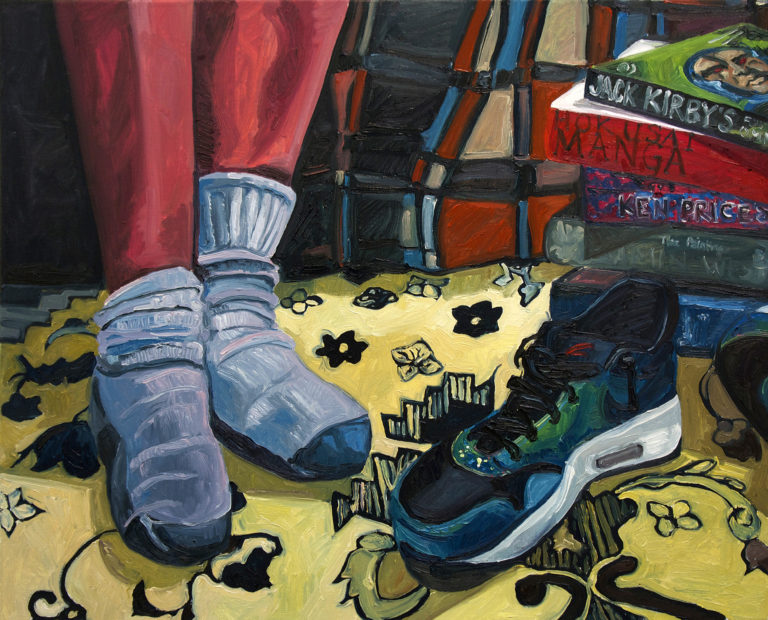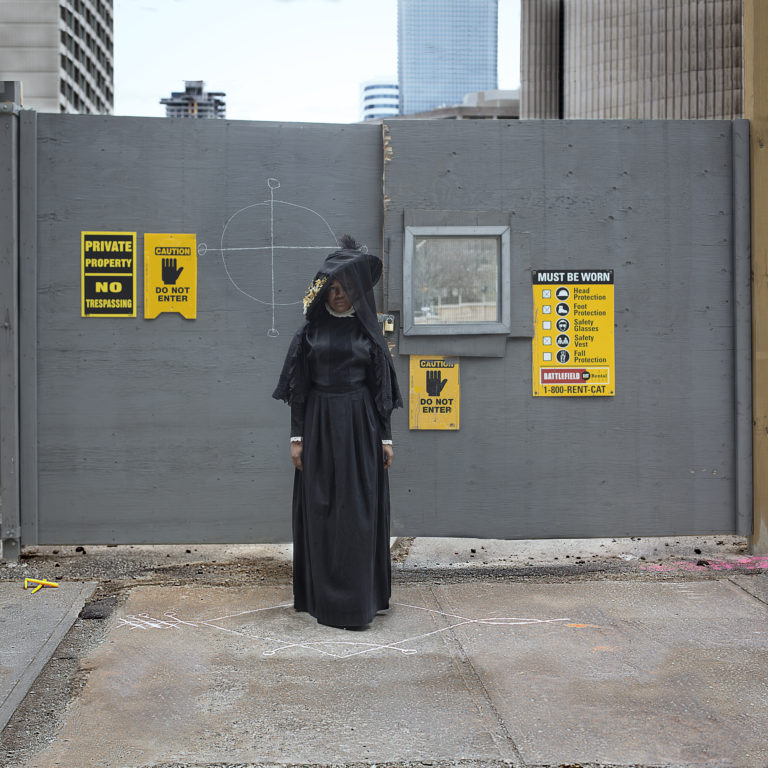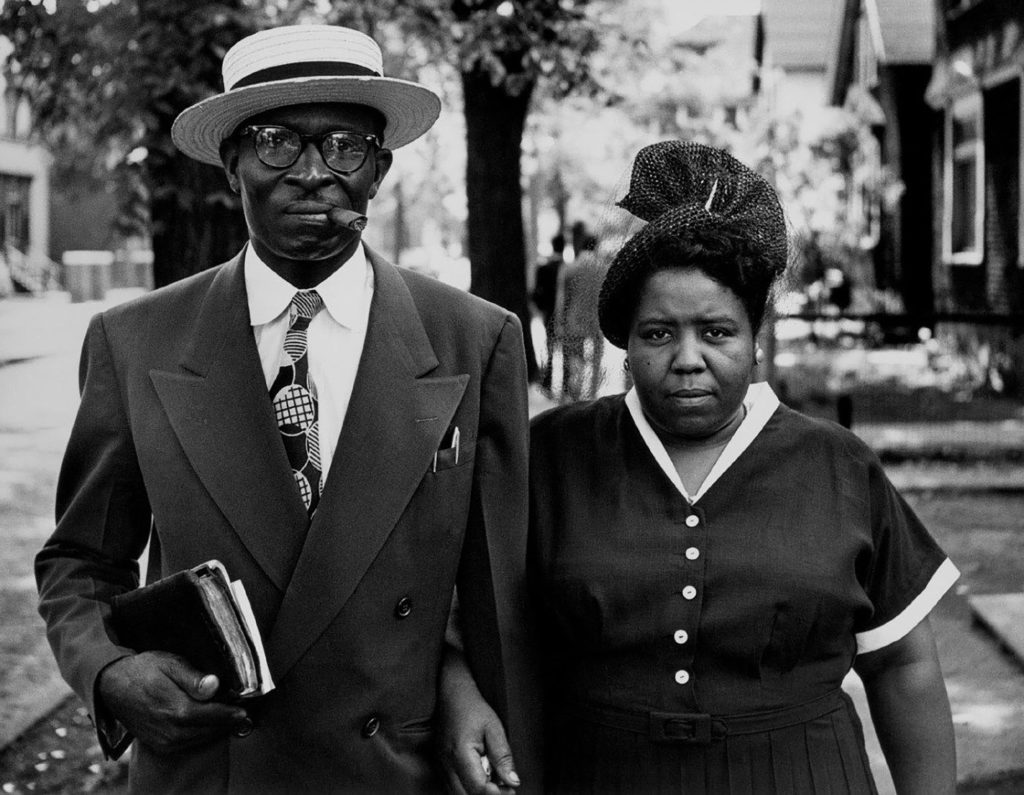Founder of Wedge Curatorial Projects; Owner of the Wedge Collection
Location: Toronto
Started Collecting: mid-1990s
First artwork actively acquired: James VanDerZee, Couple in Raccoon Coats, 1932
My collection started with not seeing myself represented. The first serious photograph I purchased was James VanDerZee’s Couple in Raccoon Coats, from 1932. It’s pure elegance: the couple is wearing beautiful fur coats, they have whitewall tires on their Cadillac, they’re in front of a brownstone in Harlem. I first saw the image when I was a 10-year-old living in Windsor, on a visit to the Detroit Institute of Arts, and the image burned into my brain right away. I was growing up with Good Times and What’s Happening!! and Sanford and Son on television: all these kooky African American comedies that my family would look at and say, “We don’t live like this!” That stuff was funny, but it wasn’t a reflection of the Black folks that I knew.
From there, over the last 20 years, it’s been an organic process of becoming a collector. Early on, I collected photography by Malick Sidibé, Seydou Keïta and Samuel Fosso. About 10 years ago, I started to also look at paintings: Denyse Thomasos, Barkley Hendricks and Lynette Yiadom-Boakye, for example. Right inside the entrance to my home, by the coat rack, there’s a photo by Gordon Parks: Sunday Morning, Detroit, Michigan, from 1950. The couple in it reminds me of my parents, dressed up and walking home after church. My collection is both personal and inclusive: it’s thinking about many different aspects of Black identity.
 Jordan Casteel, Nike, 2015. Courtesy Kenneth Montague/The Wedge Collection.
Jordan Casteel, Nike, 2015. Courtesy Kenneth Montague/The Wedge Collection.
 Anique Jordan, 94 Chestnut at the Crossroads (detail), 2016. Courtesy Kenneth Montague/The Wedge Collection.
Anique Jordan, 94 Chestnut at the Crossroads (detail), 2016. Courtesy Kenneth Montague/The Wedge Collection.
“Think carefully about objects that have meaning for you versus collecting something that is trendy or that you are advised to collect as an investment. Objects with meaning come first.”
I’ve also wanted to tell stories about this artwork—particularly with Black Canadian artists in mind. One of the first shows I organized for Wedge Curatorial Projects was with Michael Chambers, a Jamaican Canadian artist, in the late 1990s. In 2010, Wedge organized “Position As Desired,” a show of Black Canadian photography at the Royal Ontario Museum, the Canadian Museum of Immigration and the Art Gallery of Windsor; it will be at Canada House in London, UK, in 2021. Wedge Curatorial Projects is the nonprofit arm, and the Wedge Collection is the private collection I live with. Dawit Petros, Sandra Brewster, Anique Jordan—I want a wider audience to know these Black Canadian artists.
I did it—collecting—for love, and as a sort of identity project for myself. The love part came early on. The first artwork I owned was a gift: a suite of Alexander Calder prints that my auntie, who was Jewish and a civil rights advocate, and my uncle, who was a chemist, commissioned in 1976, America’s bicentennial. My aunt and uncle were my role models. As a kid in the 1980s, I would go see them in New York every summer. Back then, the subways looked like they do in Jamel Shabazz’s photographs! In the mid-’90s, when I opened my first dental office, my auntie sent the Calder prints to me and said I should start collecting. The prints, which depict the development of life on earth from the big bang to humanity, are childlike, and hang in my living room. They’re nice for my kids, who are three and five, but they’re also a reminder for me of how this started—with this act of love between two people.
This post is adapted from the Canadian Art Collecting Guide, out in our Spring 2020 issue, “Influence.”

 Gordon Parks, Sunday Morning,
Detroit, Michigan, 1950. Courtesy Kenneth Montague/The Wedge Collection.
Gordon Parks, Sunday Morning,
Detroit, Michigan, 1950. Courtesy Kenneth Montague/The Wedge Collection.



